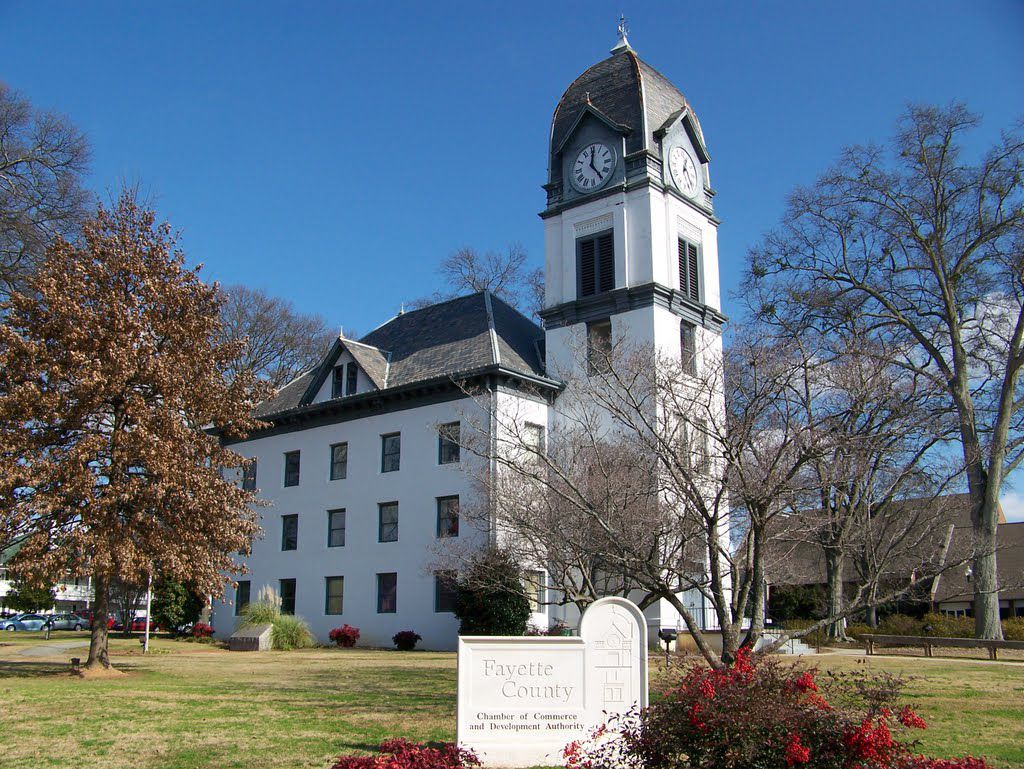Discover the remarkable heritage of Fayetteville and unearth five fascinating facts about this Peach State destination. From a Main Street City to the iconic Starr’s Mill, Fayetteville has seen significant growth over the years while holding close to its historical charm. With a unique streetscape mix of classic and modern development, Fayetteville residents have plenty to be proud of as they embrace their area’s unique past.
Five Fascinating Facts About Fayetteville, Georgia
Fayetteville, Georgia is a stunning region with plenty of charm and energy, as well as a long, proud history. Fayette County has a storied past that is celebrated by its residents, who take pride in their area’s unique roots. This article presents five remarkable facts about Fayetteville that you may not have known, giving readers an insight into the city’s fascinating historical background.
Downtown Fayetteville: A Unique Mix of Historic Nostalgia and Modern Development
Fayette County is an area of remarkable progress, earning the nickname “Pearl of Metro Atlanta’s Southern Crescent Region.” Its population has grown significantly in recent decades, and the focus now is on improving the quality of life for its residents by providing amenities and charm. Fayetteville was named a Main Street City in 1996, and its downtown square showcases historic heritage while also evolving to welcome new businesses. The streetscape here is a unique mix of historic nostalgia and modern development.
Hilliard Starr’s Legacy
Fayette County Water System proudly acquired Starr’s Mill in 1991, which included the 16 acres of land, the mill house and the iconic dam. It has since been transformed into a treasured destination for recreational anglers, families, and picnic goers, providing a tranquil atmosphere to relax in. The cascading waterfalls evoke an appreciation for the past, when mills were integral to the logging and cotton industries in Georgia. Hilliard Starr officially began his tenure of Starr’s Mill in 1866 and worked it for nearly 13 years, leaving behind a lasting legacy that has earned its place in the hearts of Fayetteville’s citizens.

Restoring the Holliday Dorsey Fife House
The Holliday Dorsey Fife House proudly stands, harkening back to the mid-1800s when it was built by local Fayetteville physician Dr. John Stiles Holliday. Serving as a boarding facility for Fayetteville Academy students and faculty, the house has been restored to its original glory due to the dedication of the Holliday House Association. In 1999, the Fayetteville Downtown Development Authority stepped in to pledge continued restoration and converted the structure into a local history museum. Though currently closed, the Holliday Dorsey Fife Museum is a symbol of the community’s commitment to preserving the past.
The Fayette County Bicentennial Parade: Celebrating Regional Heritage
Fayette County and the city of Fayetteville proudly honor their heritage with the Fayette County Bicentennial Parade. Established to commemorate George Washington’s lieutenant, Marquis De LaFayette, during the Revolutionary War, this event is an important part of the region’s cultural history that continues to draw in new residents and visitors alike. The Historical Society has dedicated itself to making the area’s legacy available to the public, and the parade is just one of the many ways they do this.
Fayetteville has an enchanting past and a progressive present characterized by unlimited opportunities for growth. With its vibrant downtown speckled with modern establishments, folksy Starr’s Mill perched above rushing waterfalls, proudly designating it a Main Street City, and longstanding local passion, it is evident that Fayetteville serves as a beacon of history in the glorious landscape of Metro Atlanta’s Southern Crescent Region.






